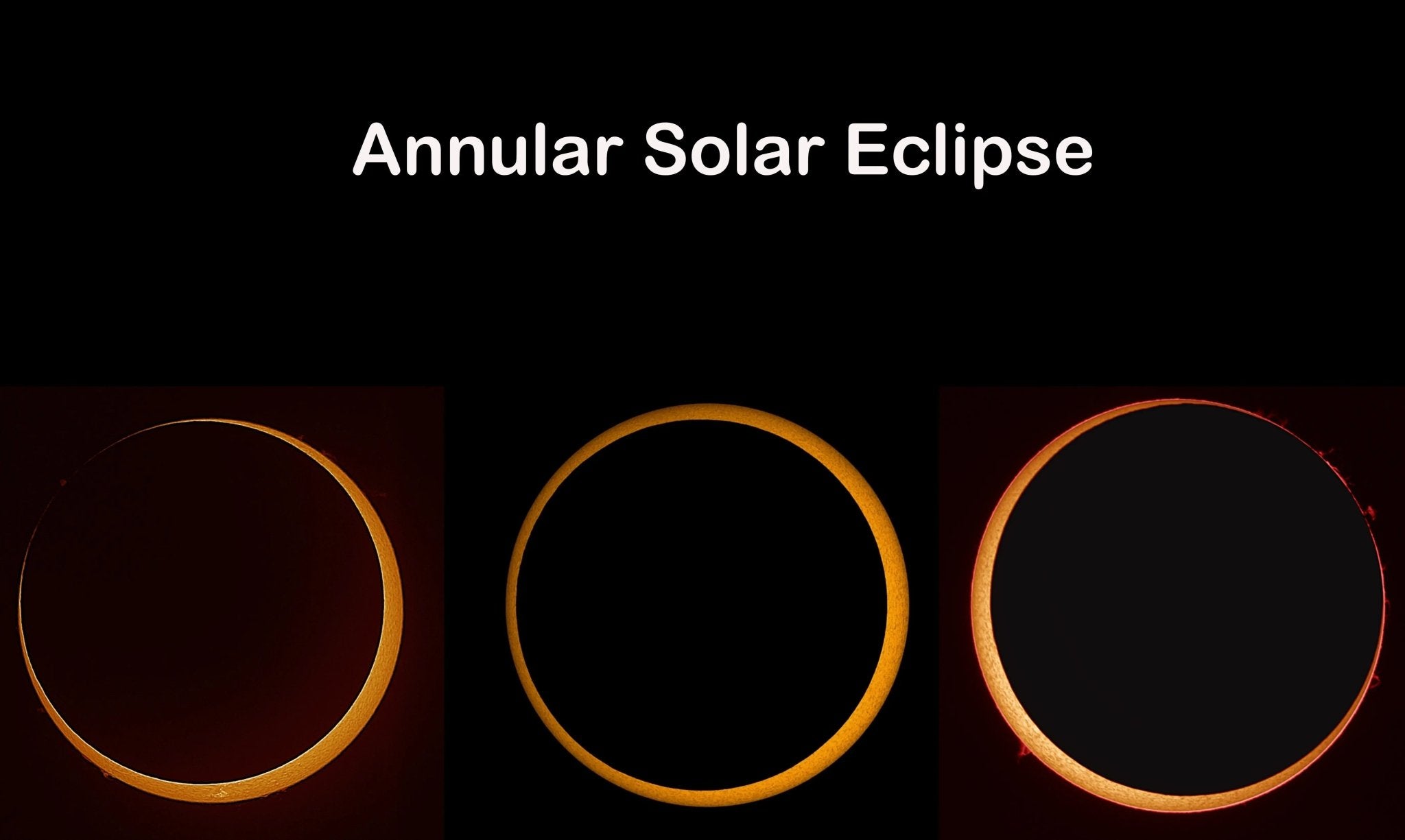Introduction
The universe presents us with an exquisite display of cosmic phenomena, and one of the most captivating events is the eclipse. Whether it's the awe-inspiring solar eclipse or the enchanting lunar eclipse, these celestial occurrences have been fascinating humanity for centuries. As we delve into the intricate details of these events, we uncover the temporal intricacies that define their duration—from the inception to the climax and eventual conclusion.Solar Eclipses: A Spectacular Alignment
A solar eclipse occurs when the Moon passes between the Earth and the Sun, casting a shadow onto the Earth's surface. This shadow is comprised of two distinct regions: the umbra and the penumbra. The umbra is the central, darker part of the shadow, where the eclipse reaches its maximum effect—either as a total or annular eclipse—while the penumbra is the outer, lighter region where only a partial eclipse is observable.
1. Partial Phase
The solar eclipse's journey begins with the partial phase, as the Moon begins to encroach upon the Sun's disc. This initial phase can last for around 1 to 2 hours, gradually dimming the sunlight as the Moon covers a portion of the Sun.
2. Annular Eclipse
If the Moon is slightly farther from Earth in its elliptical orbit, it appears smaller in the sky, and during an annular eclipse, it doesn't entirely cover the solar disc. This results in a breathtaking "ring of fire" effect around the Moon's silhouette. The annular phase can last for a few minutes, as the Sun's outer edges remain visible.
3. Total Eclipse
The culmination of a solar eclipse occurs during the total phase. As the Moon's disk aligns perfectly with the Sun's, the Sun's dazzling corona becomes visible. This phase is nothing short of mesmerizing, with the sky growing dark as stars and planets become visible. The duration of a total solar eclipse is relatively short, often lasting for just a few minutes. The maximum length of totality is influenced by various factors, including the Moon's orbital speed and the Earth's rotation.
4. Partial Phase (Post-Total)
Following the climactic total phase, the eclipse enters its post-total phase, where the Moon gradually moves away from the Sun's disk. The return of sunlight marks the end of the total eclipse experience. The partial phases continue as the Moon slowly exits the path of alignment, and the eclipse's overall duration can span another 1 to 2 hours.
Lunar Eclipses: Earth's Shadow Dance
Lunar eclipses, on the other hand, occur when the Earth comes between the Sun and the Moon, casting a shadow on the lunar surface. Unlike solar eclipses, lunar eclipses are visible from anywhere on the nighttime side of the Earth.1. Penumbral Phase
The beginning of a lunar eclipse witnesses the penumbral phase, where the Moon enters the Earth's outer shadow, the penumbra. This phase is rather subtle and can go unnoticed, as the Moon only slightly darkens. The penumbral phase can last for a few hours.2. Partial Phase
As the Moon progresses further into the Earth's shadow, the partial phase commences. The Earth's umbral shadow starts to cover a portion of the Moon's surface, creating a visually striking crescent shape. This phase typically lasts for around 1 to 2 hours.3. Total Eclipse
The most captivating part of a lunar eclipse is the total phase. This occurs when the Moon is fully immersed in the Earth's umbral shadow, showcasing a breathtaking reddish hue due to the scattering of sunlight through the Earth's atmosphere. Unlike solar eclipses, lunar eclipses can persist for a more extended period, often lasting for a few hours.4. Partial Phase (Post-Total)
Following the total phase, the eclipse enters the post-total phase, mirroring the phases before the climax but in reverse order. The Moon gradually exits the Earth's umbral shadow, returning to its normal brilliance. This phase can last another 1 to 2 hours, completing the cycle of a lunar eclipse.Conclusion
The dance of eclipses, both solar and lunar, captivates our imagination and connects us to the grandeur of the cosmos. From the initial touch of the Moon's shadow to the breathtaking totality and the eventual withdrawal, the duration of eclipses is a symphony of cosmic movements that leaves us humbled and inspired. As we gaze at the heavens and witness these celestial ballets, we are reminded of the intricate clockwork of the universe, where the beauty of alignment unveils itself in moments that span mere minutes to several hours, etching an indelible memory in the annals of human experience.



Share:
Ensuring Longevity: The Durability of Eclipse Glasses
When to Replace Eclipse Glasses